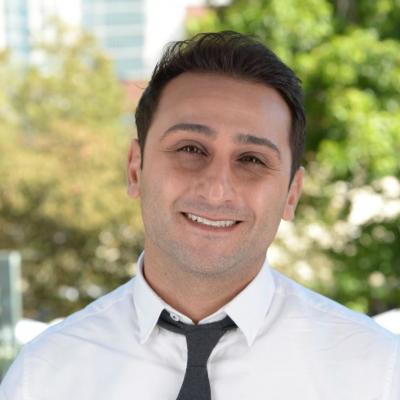
November 18, 2019 08:00 AM
Featured Stories
What media buyers really thought of 2025 TV upfronts—winners, losers, celebrities and TV’s identity crisis
To gauge which TV upfronts week presenters stand out as haggling kicks off, Ad Age surveyed 13 media buyers on their top takeaways from the week.



